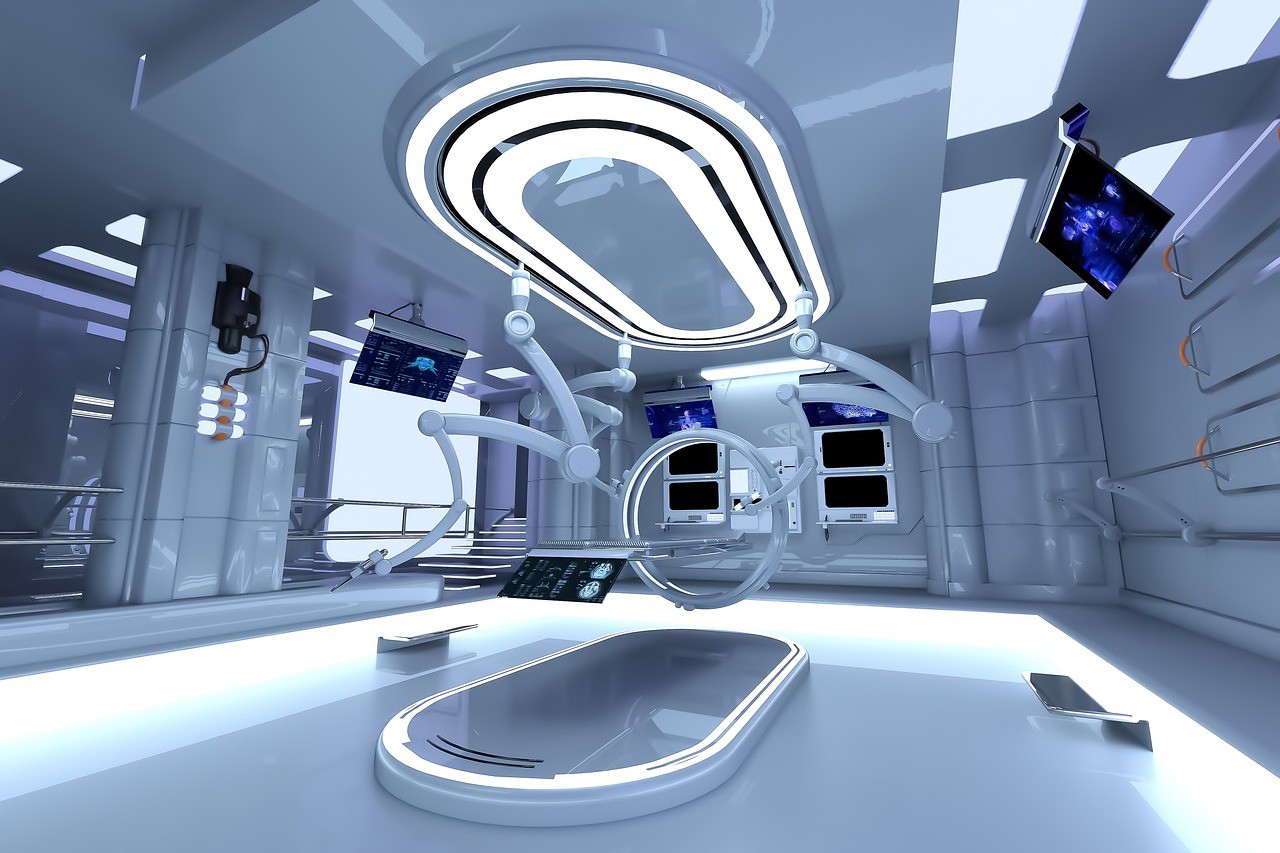The Implementation of Robotics In Expanding Surgery Options

Image Source: pixabay.com
For the vast majority of people, thoughts of robots conjure up mechanized humanoids. Like many of our favorite futuristic sci-fi thrillers, these human-like creations can run, jump, and think better than we ever thought possible. They may even be plotting to take over the world.
While there certainly are robotic designs that have very human-like characteristics, the majority of robots don’t really look like humans at all. More than that, today’s robots don’t really have plots to take over the world. The vast majority of robots in existence are designed to make specific tasks easier and more efficient for humans.
You may be surprised to learn that robots are everywhere, doing all sorts of things in society that make our lives better. One example of this is in the medical surgery room. Not only are robots helping to make doctors more efficient at their work, but they are also helping to make surgeries less invasive, safer, and easier to recover from.
A Wide, Wide World of Surgical Robots
It is possible to imagine that these fancy robots are only available in some of the highest-end medical treatment facilities. However, that isn’t always the case. Some of the newest and most advanced robots still reside in research and collegiate hospitals but robots have found their way into many mainstream healthcare facilities across the country. For example, some robots currently take care of routine tasks like running supplies or monitoring blood pressure.
Other types of medical robots include ones like CyberKnife which is designed to deliver radiation therapy to tumors with sub-millimeter precision. Another is the Xenex germ-zapper, which is designed to disinfect surgical rooms, lab equipment, and other medical facilities in minutes, thereby cutting back on hospital-acquired infections. Both robots are widespread and widely used across a number of different hospitals.
Perhaps one of the most exciting surgical robots today is the da Vinci XI robotic system. The system uses advanced robotics and optics to make small incisions for cameras and surgical equipment. Using the system, surgeons control the robot’s movements using a 3D camera and robotic arms for extreme precision and control.
Reductions in Invasiveness, Improved Outcomes
Robotics are particularly popular in elective surgeries. That is, surgeries that are considered non-emergencies and can be scheduled out in advance such as knee surgeries or something like LASIK eye surgery. The main reason for this popularity is that robotics usage can greatly reduce the size of incisions, limit recovery time, and get people back to normal much faster than standard, non-robotic surgery.
In the realm of medical surgery, every little thing makes a big difference. Larger incisions necessary to give surgeons room to maneuver are at greater risk of infection, take longer to heal from, and ultimately leave a pretty gnarly scar. Robotic “arms” are smaller than human hands and able to make more precise movements with less space, which is a key factor in incision size.
What’s even more impressive is that robotic surgery can actually reduce risks to patients in many cases. Take neurological surgery for example. One tiny slip of a scalpel from a surgeon can result in significant damage or even death. Robotic arms are far more steady and can even correct for the shaky hands of the robotic operator to keep all movements precise and on target.
More Advancements Going Forward
Many doctors, engineers, and researchers working on the development of robotics for medical purposes will be quick to tell anyone that although we’ve made a number of impressive leaps forward over the past decade we are still at the tip of the iceberg. Many expect that robotic-facilitated surgeries will continue to become more commonplace and that new advancements in technology will continue to make them more and more effective. Really, the sky’s the limit as far as where this technology could go moving forward.
One example of futuristic advancements in surgical robot technology is the use of “soft arms.” The idea is modeled off of octopus tentacles which are at once very soft, but also grippy and mobile. From a surgical perspective, robots with soft attachments could be used to stem blood flow, hold organs, or retract tissues without causing extensive damage. This could be the next pivotal game changer in the world of robotic surgery.
Popular culture has done its very best to make the majority of us skeptical about the possibilities of robotic technology. However, hundreds of thousands of robots are already at work making our lives better every day.
When it comes to medical procedures such as surgeries, robots play a massive role in making patients safer during the procedure, limiting trauma and recovery time post-procedure, and getting us back in action faster than ever. As technology continues to advance, we can expect that robots will continue to play an important and increasing role in this aspect of human life.
Thanks for helping to keep our community civil!
This post is an advertisement, or vandalism. It is not useful or relevant to the current topic.
You flagged this as spam. Undo flag.Flag Post


